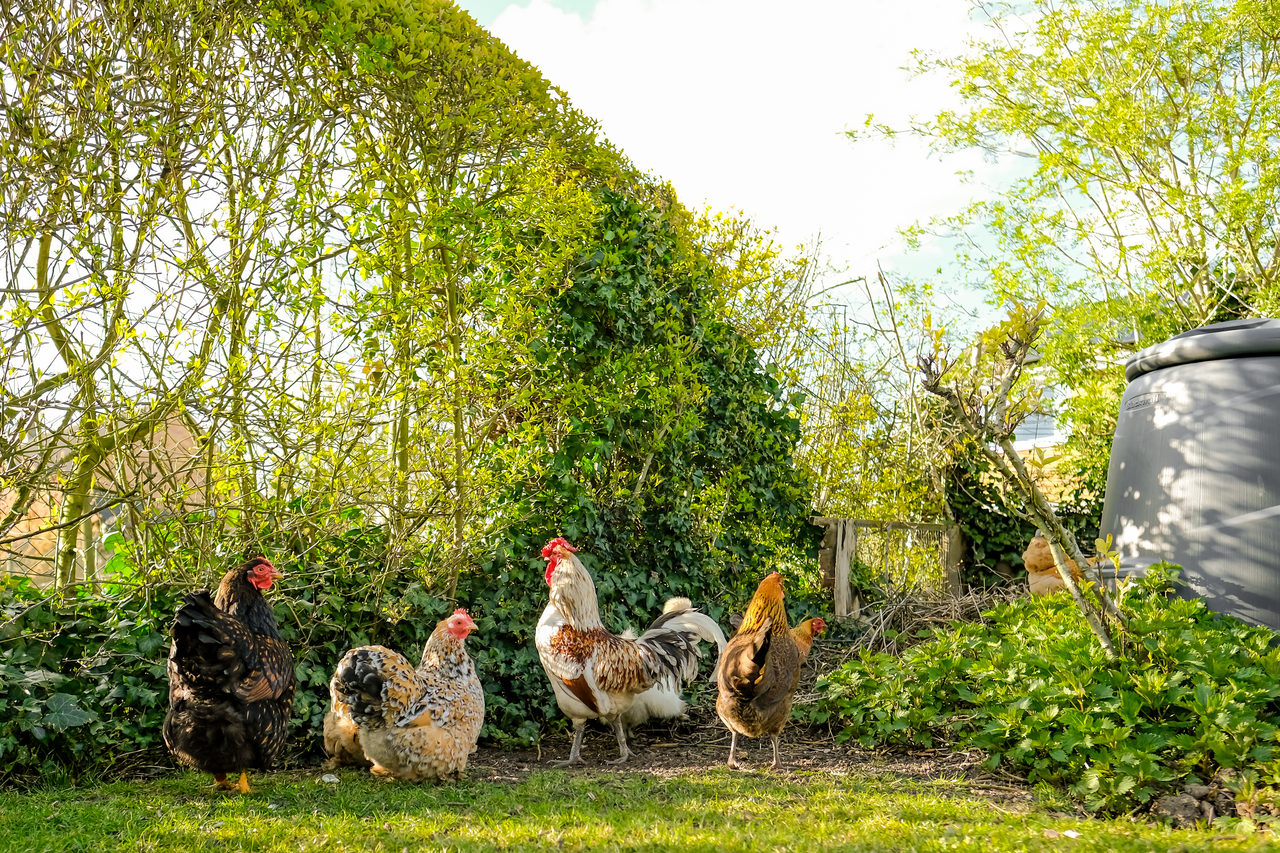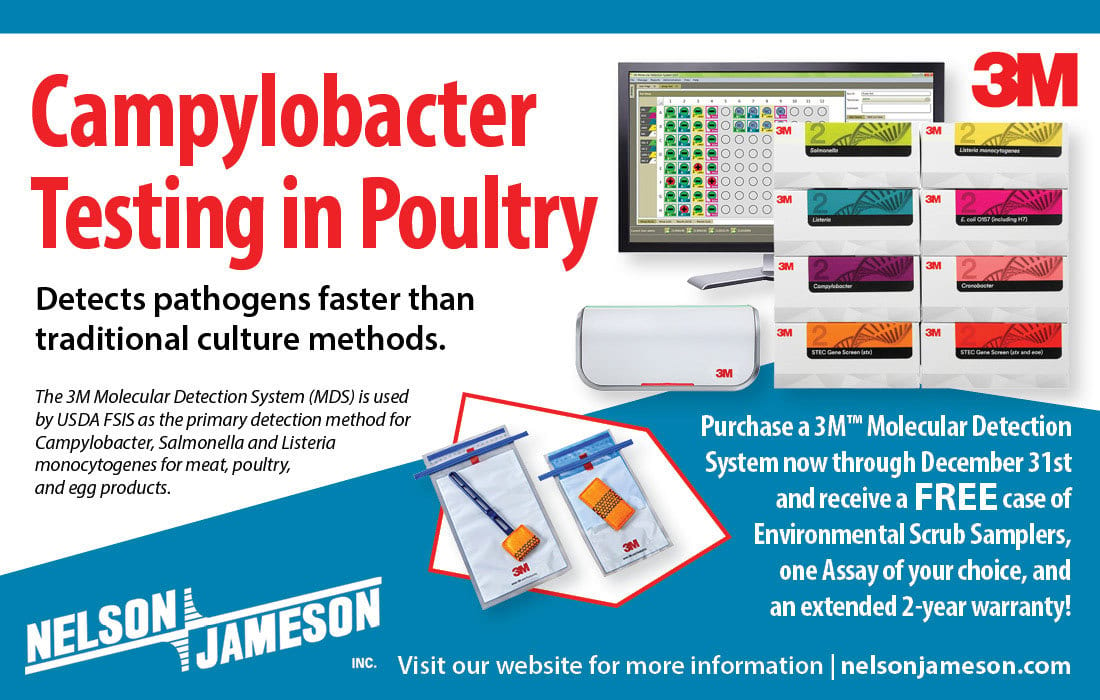
State of sustainability
Joining forces for greater impact
the state
of the
industry
In today’s climate, sustainability is no longer considered a solo endeavor. It requires new levels of collaboration for fast, measurable impact. Driven by consumer demand and a global need for improvement, the meat supply chains have carried momentum in sustainable efforts over the last decade. Sustainability is no longer synonymous with just environmental issues – these efforts must also focus on our people and our animals. As we enter a new era, companies need to take note on how to stay relevant to consumers.
Where to start
Customers are seeking transparency from brands throughout the supply chains to make informed purchase decisions and evaluate the full impact of a product. There are several ways to gather the information needed and find efficiencies, but customers aren’t aware of how big of an ask this is to the meat industry. They just want it done.
The structure of the livestock and poultry sector makes full supply chain coordination challenging. Proactive efforts must be precompetitive, antitrust actions should be implemented and new relationships have to be built. Companies can forge these paths to see the benefits or plug into existing efforts. With this shift in consumer demand predicted, several opportunities are available, such as with the U.S. Roundtable for Sustainable Poultry & Eggs.
Leaders and experts across dozens of chicken, turkey and egg companies saw the need for precompetitive, independent leadership and support to manage rapidly changing scope of sustainability work and founded US-RSPE. The objective of this organization is to reveal and fulfill opportunities for collaboration and support companies to be able to work together toward shared goals. It specifically forges paths between producers, allied industries, NGOs and other stakeholders directly or indirectly connected to poultry sustainability to include more diverse viewpoints. Building or joining these types of important partnerships result in positive outcomes for the planet, its people and the livestock and poultry as well.
Efficiency boosts results
This effort complements other collaborative investments such as the SMART Broiler project that includes collaboration with Foundation for Food and Agriculture Research, McDonald’s Corporation and others to innovate to improve poultry welfare. Grants are being offered to provide better tools and understanding that can be applied to the full supply chain.
Results can also be captured collaboratively as demonstrated by the recent update of the chicken LCA by the National Chicken Council and ongoing work to update the egg LCA by the American Egg Board. There are also training programs resources that all poultry companies can use such as those developed by the U.S. Poultry & Egg Association.
Simply put: By collaborating where possible and keeping open communication, more work can get done. That has been demonstrated regardless of whether it involves associations, companies or other entities.
NCC found that the U.S. chicken industry has produced 21% more chicken by weight in the last 10 years all while using 13% less land, emitting 18% less GHGs and consuming 13% less water.
This level of progress wasn’t made by one farm or even one facet of the chicken supply chain. Refinements have been made holistically to facilities, diets, genetics, transportation and a multitude of areas that make produced chicken sandwiches more sustainable than ever.
While this is a case study in poultry, these same principles can be applied to any sustainability collaboration in other product segments, species and across species. The meat industry can continue to find success in its evolution and growth in sustainability with more commitment to collaboration.
By candace bergesch
director of communication, U.S. Roundtable for sustainable poultry & eggs (US-RSPE)
One of the challenges that gained emphasis from the pandemic-associated depopulations was the difficulty in effectively euthanizing and stunning large pigs, like breeding sows and boars, with captive bolt tools.
Takeaways for success in collaboration
For successful opportunities in sustainability collaboration:
• Collaboration from end to end of the supply chain can remove barriers and unlock opportunity for faster, higher-impact work. Individual organization or company investments in sustainability are essential and amplified by connecting that work with their entire supply chain.
• Precompetitive collaboration on innovation and projects provides the biggest return. Collaboration in a competitive sector like meat can be challenging, but it yields the best results for the planet, its people and, in this case, the livestock and poultry.
• Explore current active collaborative projects and initiatives to plug in right away. US-RSPE provides the roadmap for where and how the most effective continuous improvements can be made, which might originate at any step of the supply chain. Several other species efforts have emerged and continue to support improvements in those supply chains as well.


